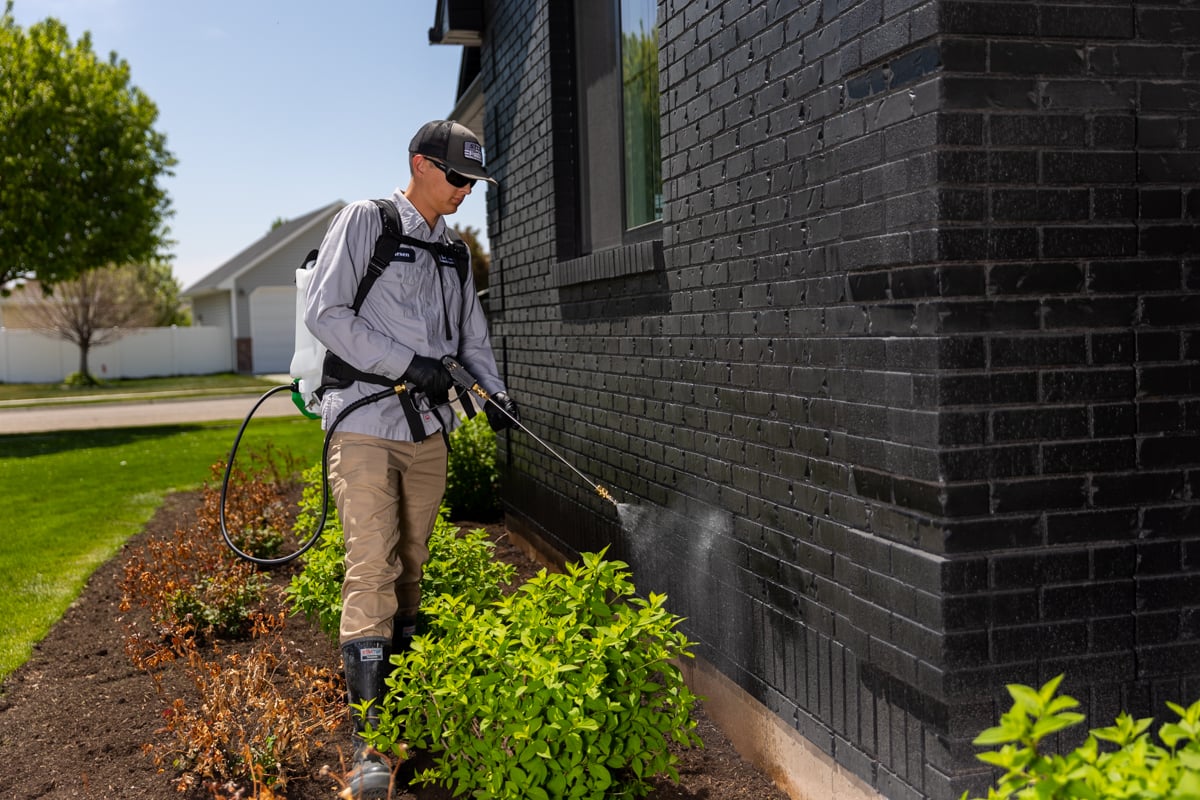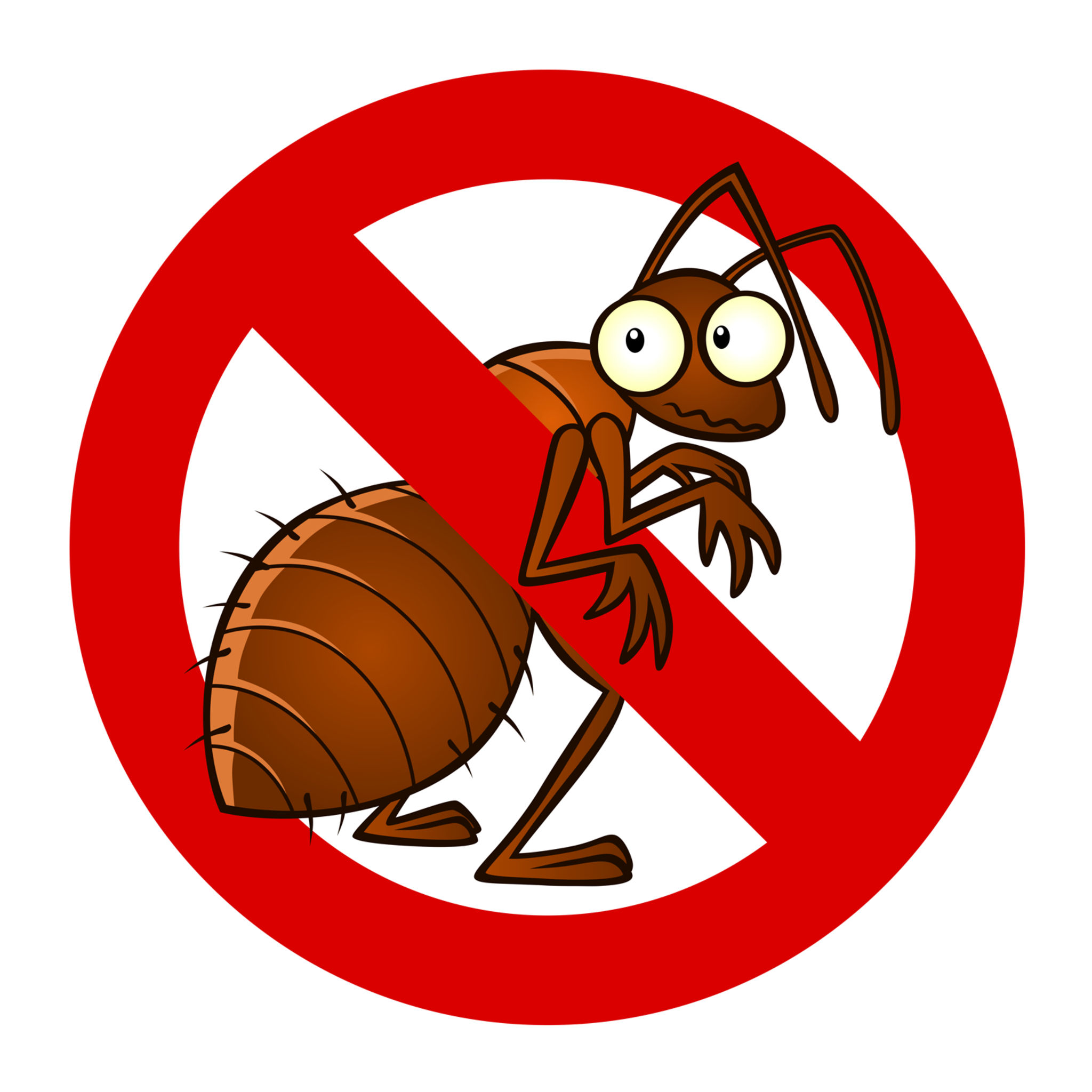Chicago Pest Control for Restaurants: Ensuring a Safe and Clean Dining Experience
Chicago Pest Control for Restaurants: Ensuring a Safe and Clean Dining Experience
Blog Article
Checking Out Different Approaches and Techniques for Comprehensive Pest Control in Residential Spaces
The landscape of insect control in property areas has developed substantially, requiring a detailed understanding of various methods that can be utilized for effective management. Traditional chemical treatments, while reliable, are significantly being enhanced by green choices and Integrated Parasite Monitoring (IPM) methods. House owners need to think about preventative measures, such as regular surveillance and accurate parasite recognition, to preserve a healthy environment. The genuine challenge exists in striking a balance between efficiency and security-- an expedition that exposes the nuances of each technique and its implications for lasting living.
Recognizing Bug Control Basics
Efficient pest control is necessary for maintaining a healthy and secure living atmosphere. Recognizing the essentials of insect control includes identifying the kinds of insects that frequently invade property rooms, the potential risks they position, and the relevance of safety nets. Typical family parasites consist of rodents, pests, and various other unwanted creatures that can jeopardize health, damages residential or commercial property, and trigger health problems.
A crucial very first step in bug control is recognizing the details parasites existing. This can include evaluating locations such as cellars, cooking areas, and attic rooms, where bugs are most likely to prosper. When determined, it is vital to comprehend their practices, breeding cycles, and preferred environments, which can educate appropriate control strategies.
Safety nets are basic to efficient insect management. These consist of securing entrance points, preserving cleanliness, and reducing mess to get rid of hiding places. Furthermore, appropriate food storage space and waste monitoring can considerably decrease the allure of a home for bugs.

Typical Chemical Treatments
Among the different parasite control methods, traditional chemical treatments have long been employed to attend to problems in residential areas. These therapies typically entail the application of chemical pesticides developed to remove parasites such as insects, rodents, and other undesirable organisms. The effectiveness of these chemicals can vary, depending upon the sort of bug, the formula of the chemical, and the approach of application.
Common classes of conventional chemical treatments include insecticides, rodenticides, fungicides, and herbicides, each customized to battle details parasites. Pesticides, as an example, may target termites, ants, or roaches, while rodenticides are particularly developed to control rodent populations. These chemicals are often readily available in numerous types, including granules, sprays, and lures, allowing homeowners adaptability in application.
Regardless of their efficiency, conventional chemical therapies increase issues concerning prospective toxicity to human beings, pets, and advantageous organisms in the setting. As a result, it is essential for homeowners to very carefully follow application standards and safety precautions to lessen risks. Integrated Insect Management (IPM) approaches can match these therapies, ensuring a much more holistic technique to pest control while taking full advantage of efficiency and safety in household settings.
Eco-Friendly Insect Control Options
Environmentally friendly parasite control options are getting appeal as property owners look for more secure and more sustainable options to typical chemical treatments. These techniques focus on the health of both locals and the atmosphere, decreasing the impact of insect control methods.
One extensively taken on eco-friendly method is the usage of all-natural repellents stemmed from essential oils, such as peppermint and citronella. These oils not only discourage bugs yet additionally give pleasant aromas for indoor spaces. Furthermore, diatomaceous earth, a powder made from fossilized algae, acts as a natural insecticide by harming the exoskeletons of insects upon contact, leading to dehydration.
An additional reliable strategy includes advertising biodiversity in yards and gardens. Introducing beneficial insects, such as ladybugs and lacewings, can normally control pest populaces (pest control chicago llc). In addition, using catches made from naturally degradable materials can aid record and eliminate insects without causing injury to the community
Regular upkeep, such as sealing entry factors and appropriate cleanliness, further boosts the efficiency of check over here environmentally friendly pest control. Home owners can take positive actions to avoid invasions, ensuring a much more sustainable living environment while properly handling pest-related concerns.
Integrated Pest Administration Techniques
Implementing incorporated pest monitoring (IPM) techniques offers a thorough method to pest control that stresses prevention and lasting services. IPM incorporates multiple methods, focusing on recognizing insect actions, life cycles, and ecological characteristics to minimize parasite populations successfully. This multifaceted method focuses on non-chemical methods, such as organic control, environment adjustment, and cultural techniques, to decrease dependence on chemicals.
A foundational element of IPM is monitoring and determining bugs properly. This involves routine examinations and the facility of activity thresholds to identify when treatment is essential. By recognizing the internet specific insects impacting property settings, targeted treatments can be employed, reducing the possibility of unnecessary pesticide applications.
By fostering an environment that inhibits bug infestations-- such as securing entrance points and taking care of dampness-- residents can considerably reduce the danger of insect issues. With these strategies, IPM not just addresses current bug problems yet likewise fosters lasting methods that advertise long-lasting pest monitoring success.
Preventative Steps for Residence
To ward off potential bug infestations, home owners must adopt an aggressive method that stresses preventative steps. This starts with maintaining a orderly and tidy living area, as mess and food debris bring in insects. rat removal chicago Illinois. Regularly vacuuming, sweeping, and wiping down surface areas can significantly minimize the threat of infestations
Furthermore, securing entry points is critical. Property owners need to examine windows, doors, and structure splits for gaps that might enable parasites access to the home. Utilizing caulk and weather condition removing can properly block these entryways.
Appropriate food storage space is an additional crucial step. Keeping food in impermeable containers and without delay cleaning up spills or crumbs assists discourage rats and bugs.
Moreover, taking care of outside environments can protect against bugs from trespassing on household rooms. Home owners must make sure that drainage systems are operating well, and landscape design is kept neat. Trimming bushes and trees away from the house and eliminating standing water can even more reduce bug habitats.

Final Thought
Finally, effective pest control in household rooms requires a diverse method that combines typical chemical therapies with environment-friendly methods and Integrated Pest Monitoring methods. By prioritizing preventative measures, such as keeping cleanliness and securing entrance points, you can check here property owners can significantly lower bug occurrences. Normal monitoring and exact insect identification additionally enhance monitoring efforts. Inevitably, a balanced technique that integrates natural repellents and least toxic chemicals promotes a safe and healthy and balanced living setting while dealing with pest-related obstacles.
Comprehending the basics of insect control involves acknowledging the kinds of parasites that commonly invade domestic areas, the possible risks they position, and the relevance of preventive steps.An essential first step in insect control is determining the particular bugs existing. Integrated Bug Monitoring (IPM) approaches can enhance these therapies, making certain an extra all natural strategy to pest control while making the most of effectiveness and security in domestic settings.
Executing integrated insect management (IPM) strategies offers a comprehensive approach to pest control that emphasizes avoidance and lasting options.In verdict, efficient insect control in property areas necessitates a multifaceted approach that incorporates standard chemical treatments with environmentally friendly practices and Integrated Parasite Monitoring methods.
Report this page